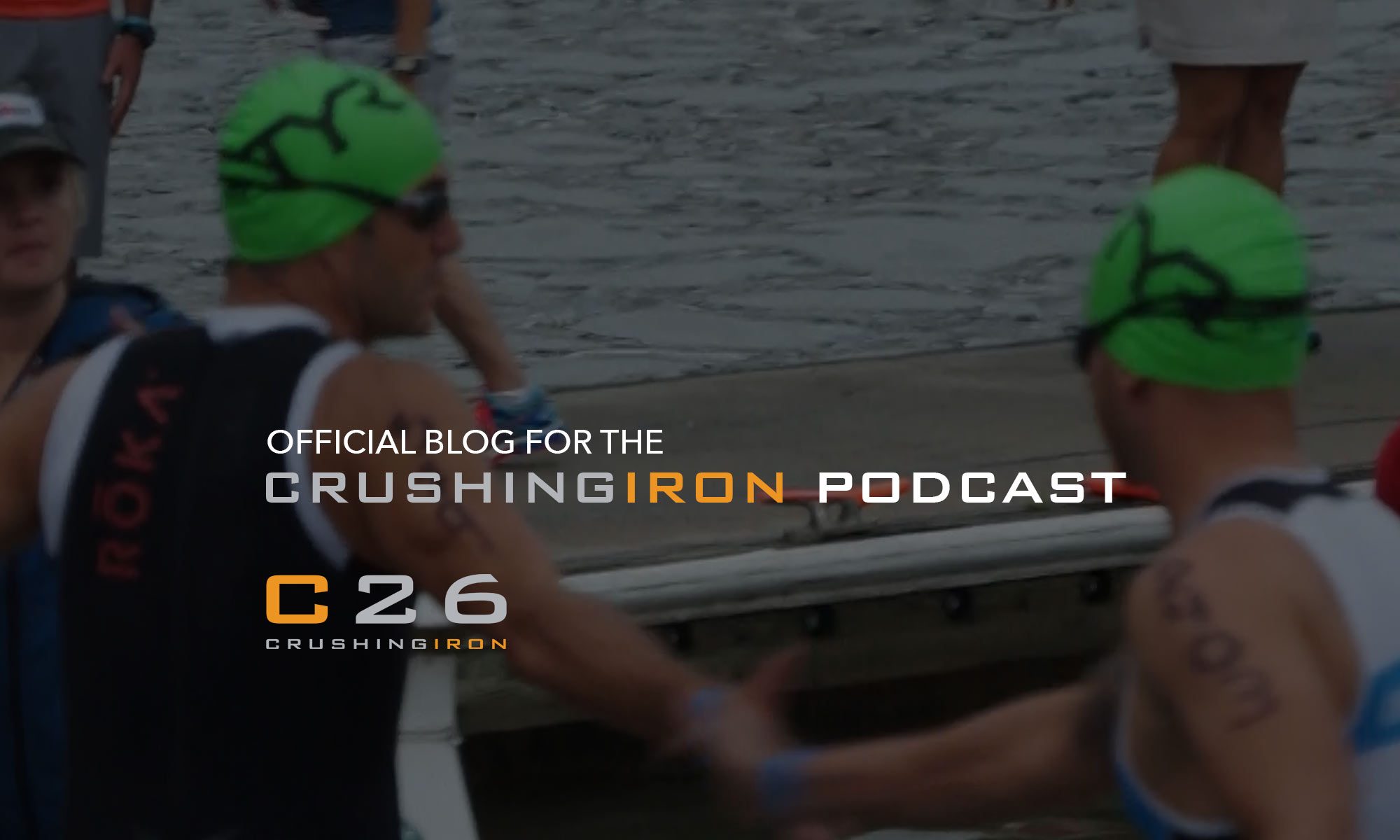I’m always fascinated by the swim portion of triathlons and Ironman 70.3 Muncie is no different. It may seem like a typical lake swim, but it’s a little trickier than you may imagine because of the shape and the sighting.
The course is an inverted triangle and 2 years ago after the race I made these changes in red to show what seem to be the shortest routes to the first turn and the Swim Exit. Below that I’ve added some photos taken from that race that show why it may not be that easy and/or the best plan.
 The photo below gives a good look from the starting box. You can see the line of yellow buoys all the way out to the first red turn which is way out by that sail boat mast. The first yellow buoy is just beyond that blue kayak in the middle of the screen. You can even see the second red turn buoy in the upper right hand corner.
The photo below gives a good look from the starting box. You can see the line of yellow buoys all the way out to the first red turn which is way out by that sail boat mast. The first yellow buoy is just beyond that blue kayak in the middle of the screen. You can even see the second red turn buoy in the upper right hand corner.

This shot gives you a better look at the first buoy and the two yellow balls that create the far right edge of the starting box that seemingly guide you away from buoy one.

That said, when the group takes off, it appears many are taking a direct line to buoy number one.

It seems more logical to swim toward the third (second big yellow) buoy like the left half of this group, but sometimes you have to go where the scrum takes you. That momentum is even clearer in this picture with about half of the group aiming right at it or just to the left.

Here’s a higher perspective that shows the line forms pretty cleanly right along the buoys just after takeoff. There is actually a large chunk of this wave on the inside of the buoy line which may be good for left-side-breathers.

Unfortunately we don’t have pictures from back half of the swim, but I remember watching while I waited to start and the range was about 100 yards wide. Some people swam straight to the Swim Exit, others hugged the buoy line on the way in as well, which isn’t a bad idea because sighting is pretty wicked because of the sun. I mean, it is coming up right over the transition area and you are staring right into it. There used to be a shed, but now I hear there is a nice new building that is a good sighting point.
I’m no expert at this stuff, but I have to believe the man-made-current of the waves has something to do with why people get so bunched up when there should be a ton of open water on the way out and back. I’m sure most people simply sight off the people around them as well.
Here’s a shot of the carpeted ramp (which they continually sweep) out of the water. It’s a slight climb to your bike, but I don’t recall it being too far. Please let me know if you have any other thoughts on the Muncie swim.

[follow_me]


